“Nail in Differential Diagnosis” is a phrase often used metaphorically in medicine to highlight the significance of nail examination in the process of differential diagnosis. This concept emphasizes the importance of paying attention to nail abnormalities as they can provide valuable clues to an underlying systemic condition or dermatological disorder.
Key aspects of “Nail in Differential Diagnosis” may include:
- Clinical Examination: Healthcare providers perform a thorough examination of the nails as part of the physical assessment during patient encounters. This includes observing the color, texture, shape, thickness, and integrity of the nails, as well as assessing for any abnormalities such as discoloration, pitting, ridges, onycholysis (separation of the nail plate from the nail bed), or nail clubbing.
- Diagnostic Significance: Nail changes can be indicative of various systemic diseases, dermatological conditions, or environmental factors. For example, nail pitting may suggest psoriasis, while onycholysis can be associated with fungal infections, autoimmune diseases, or contact dermatitis. Nail changes may also occur in association with nutritional deficiencies, endocrine disorders, cardiovascular diseases, and malignancies.
- Differential Diagnosis: The presence of specific nail abnormalities can help narrow down the differential diagnosis and guide further diagnostic evaluation. Healthcare providers consider the pattern, distribution, and associated symptoms to identify potential underlying causes. Differential diagnoses may include conditions such as onychomycosis (fungal nail infection), psoriasis, lichen planus, eczema, alopecia areata, systemic lupus erythematosus (SLE), thyroid disorders, and peripheral vascular disease.
- Multidisciplinary Approach: Given the diverse etiology of nail abnormalities, a multidisciplinary approach involving dermatologists, rheumatologists, endocrinologists, and other specialists may be necessary for comprehensive evaluation and management. Collaborative efforts facilitate accurate diagnosis, appropriate treatment, and coordinated care for patients with complex nail disorders.
- Diagnostic Workup: Depending on the clinical presentation and suspected underlying condition, diagnostic workup may include laboratory tests (e.g., complete blood count, thyroid function tests, autoimmune markers), imaging studies (e.g., X-rays, ultrasound), nail microscopy, and nail biopsy. Diagnostic investigations aim to confirm the underlying pathology and guide treatment decisions.
- Treatment and Management: Treatment of nail disorders varies depending on the underlying cause and severity of symptoms. Management strategies may include topical or systemic medications for fungal infections, corticosteroids or immunomodulatory agents for inflammatory conditions, nutritional supplementation for deficiencies, and lifestyle modifications to address contributing factors.
- Patient Education: Healthcare providers educate patients about the significance of nail health and the potential implications of nail abnormalities. Patients are encouraged to practice good nail hygiene, protect nails from trauma, maintain a balanced diet, and seek prompt medical evaluation for persistent or concerning nail changes.
Overall, “Nail in Differential Diagnosis” underscores the diagnostic value of nail examination in clinical practice and highlights its role in identifying underlying systemic conditions and dermatological disorders. By recognizing nail abnormalities as potential indicators of systemic health, healthcare providers can facilitate early diagnosis, appropriate management, and optimal outcomes for patients with nail disorders.

 Anaesthesia books
Anaesthesia books Behavioral Science Books
Behavioral Science Books Cardiology Books
Cardiology Books Obstetric and Gynecology
Obstetric and Gynecology AMC Books
AMC Books Prepladder Notes
Prepladder Notes Stethoscope
Stethoscope Dermatology Books
Dermatology Books Neurosurgery Books
Neurosurgery Books Dentistry Books
Dentistry Books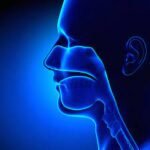 ENT Books
ENT Books Anatomy Books
Anatomy Books Biochemistry Books
Biochemistry Books Biostatistics Books
Biostatistics Books Plab Books
Plab Books Radiology Books
Radiology Books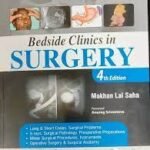 Surgery Books
Surgery Books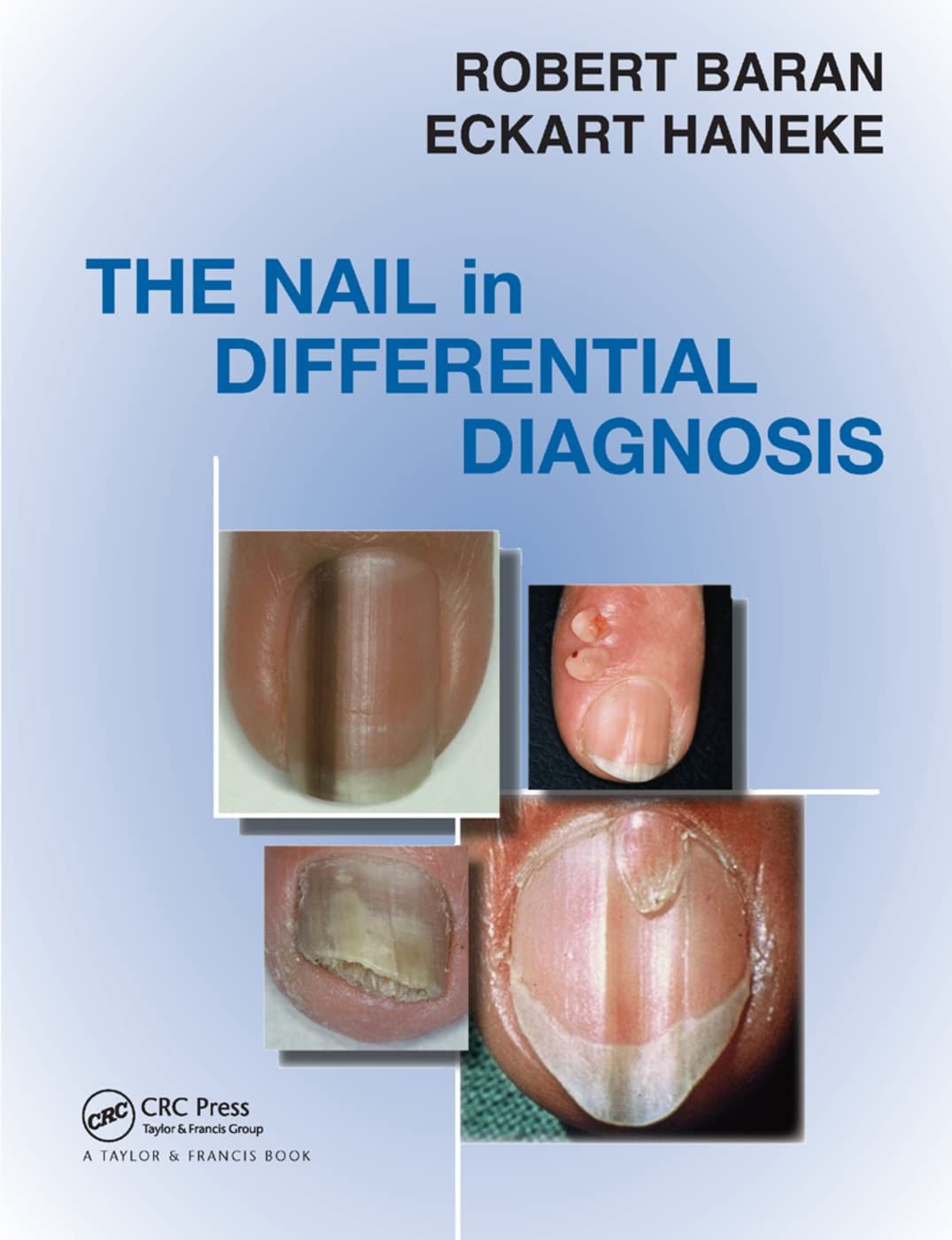
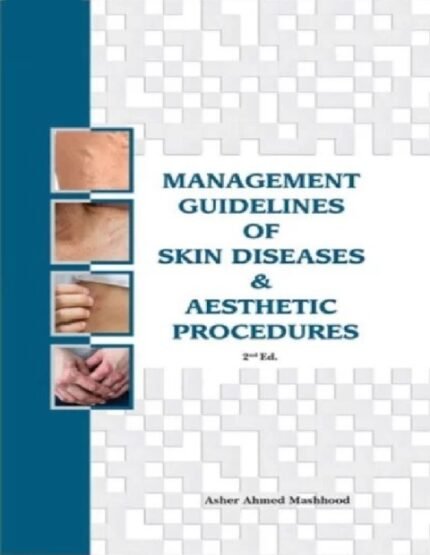
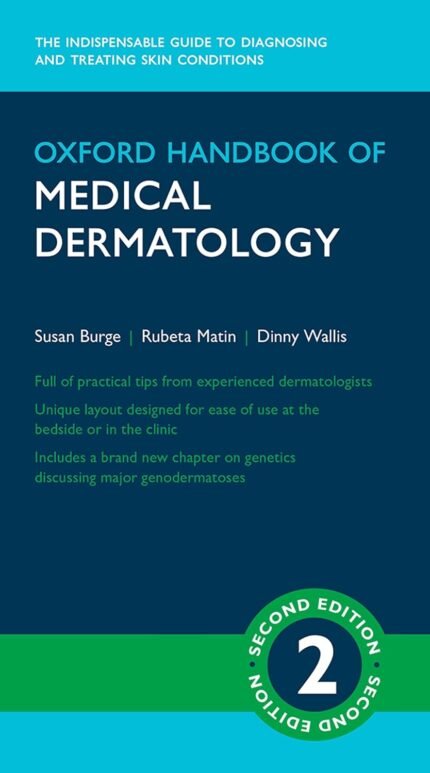





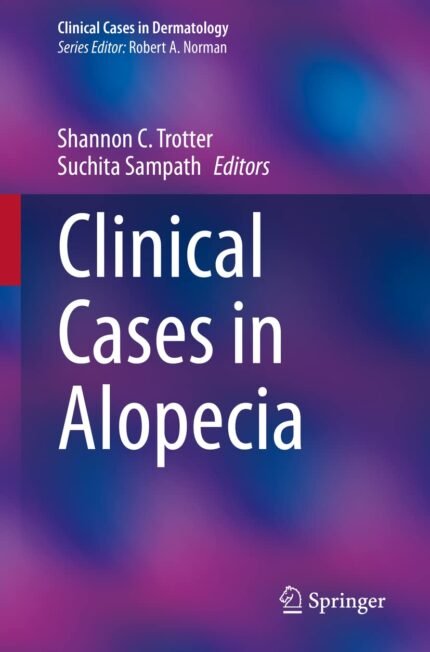
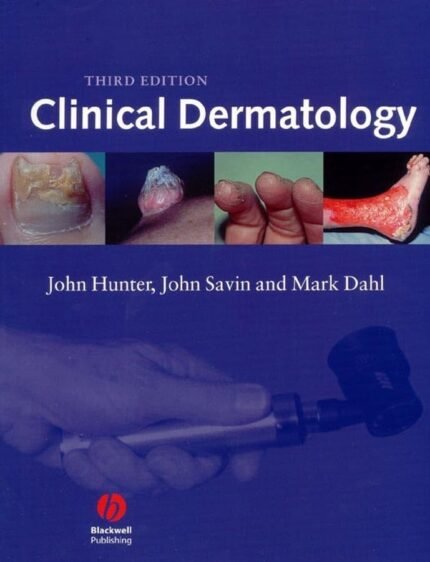
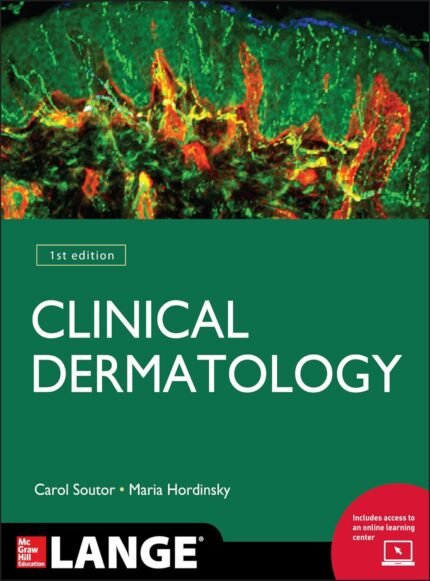


Reviews
There are no reviews yet.